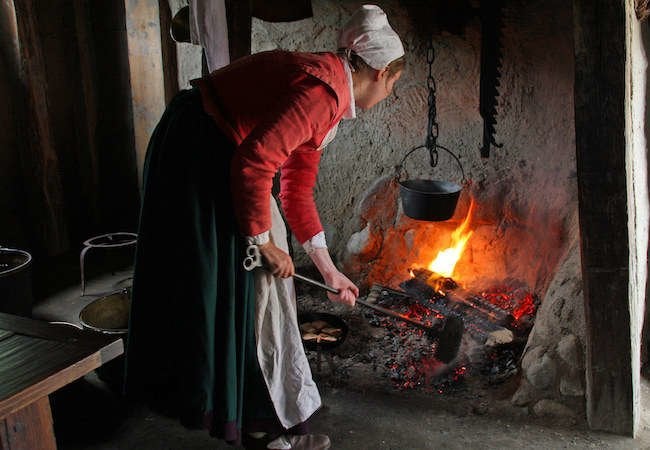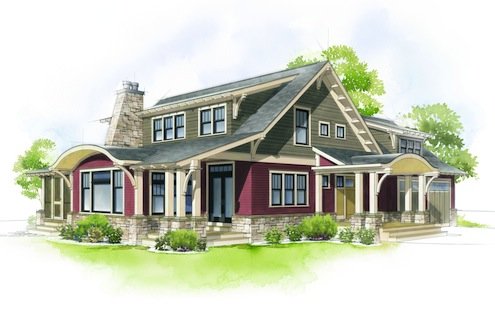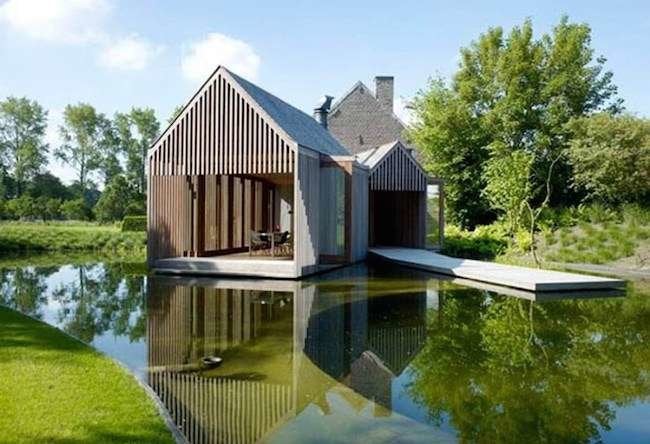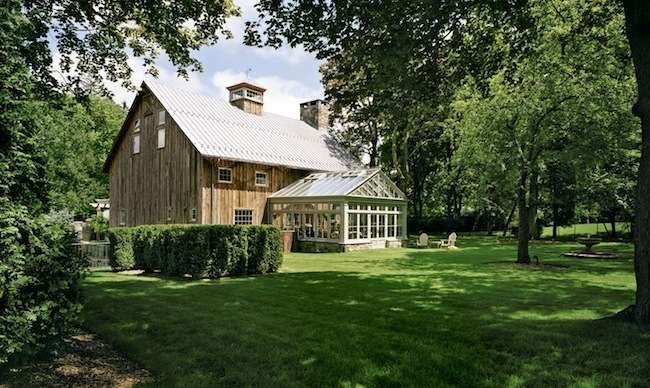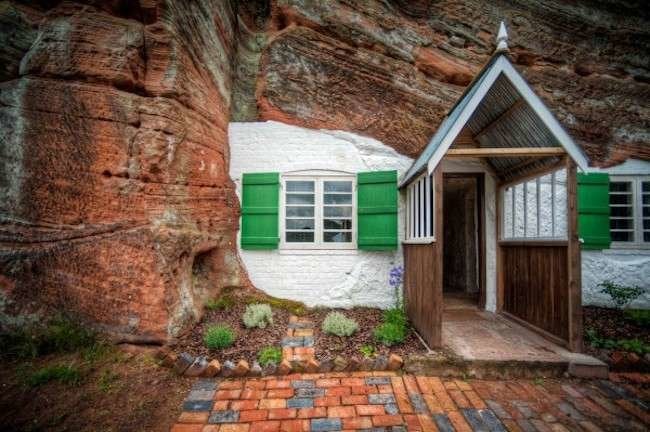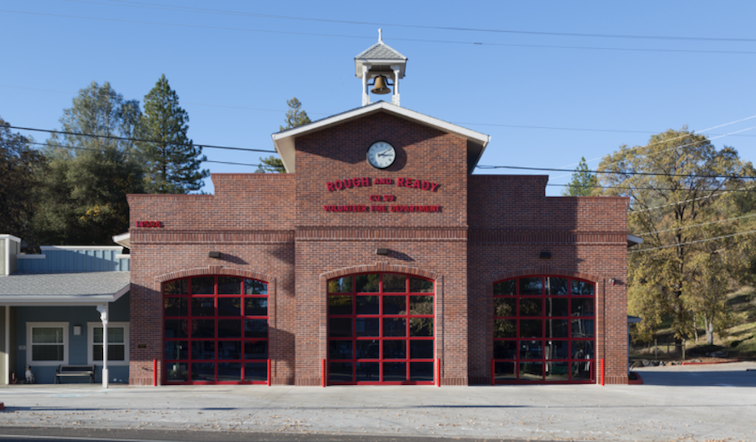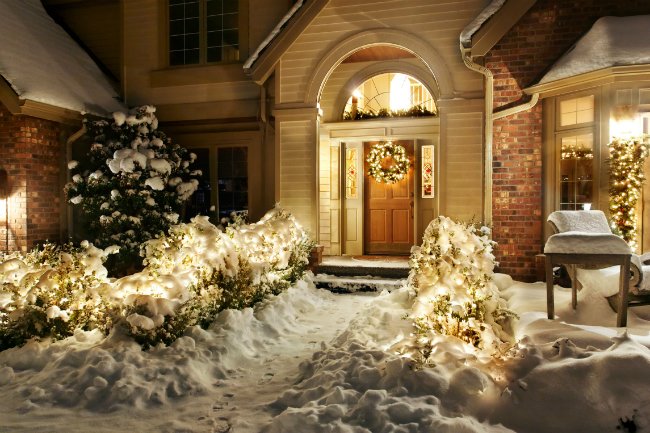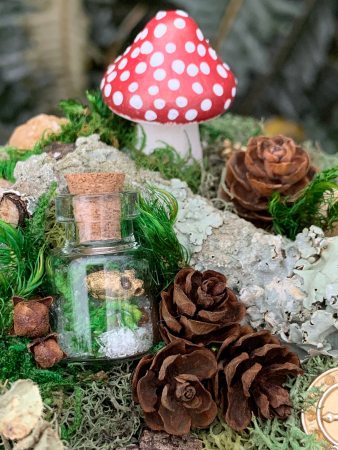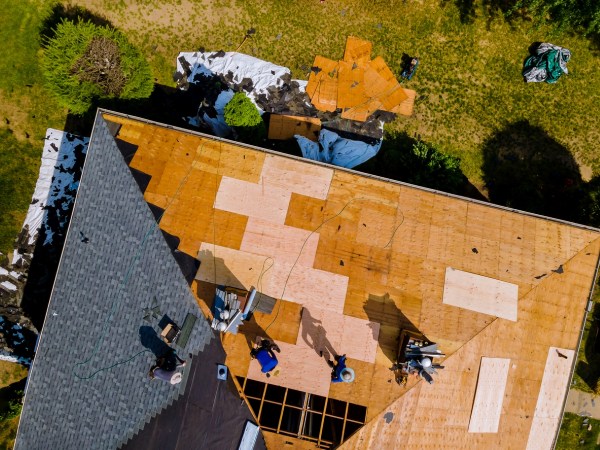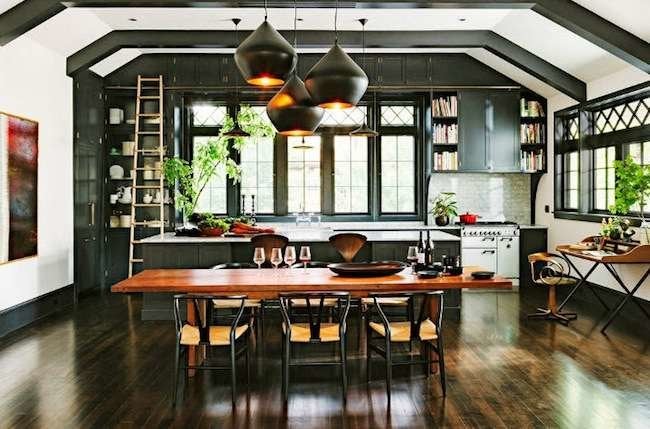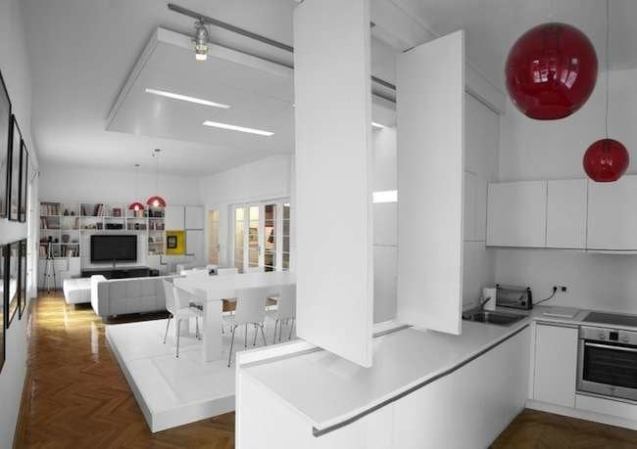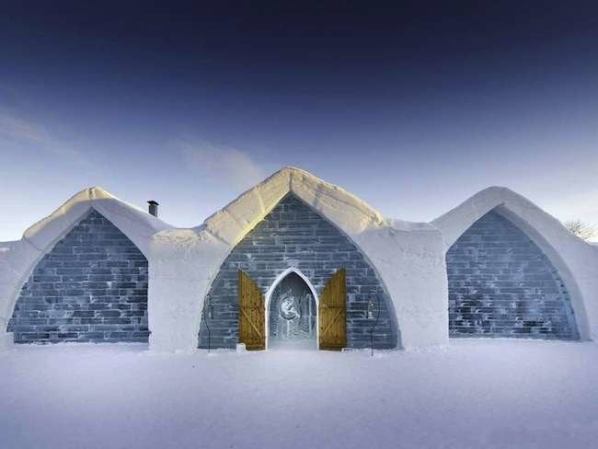We may earn revenue from the products available on this page and participate in affiliate programs. Learn More ›
Pilgrim Homes Were Modeled After English Cottages
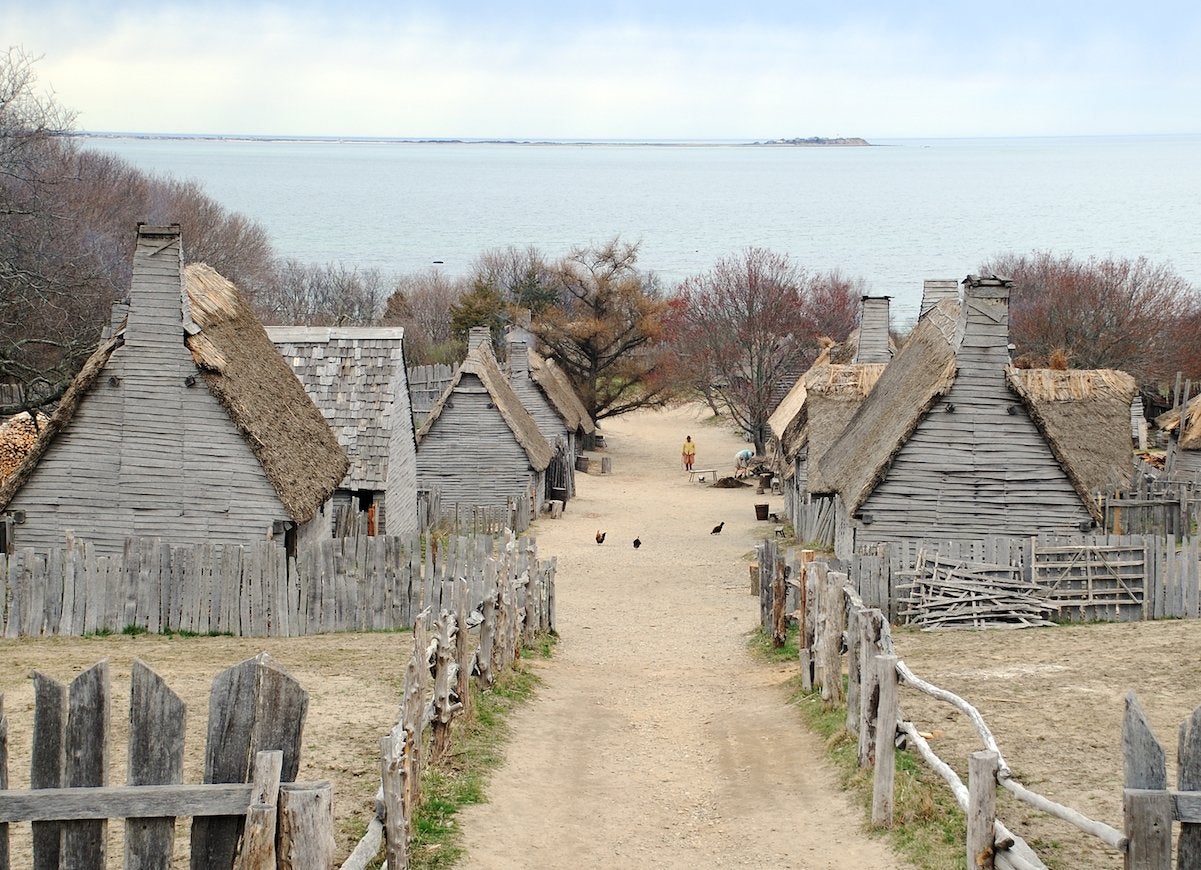
The Pilgrims left England in pursuit of religious freedom, but they couldn’t break free from their motherland’s preferred style of home design: the traditional English cottage. Though that very first winter in America was extremely difficult—more than half of the Pilgrims died of illness—in their second year they were finally able to build a few houses. These homes were all similar in style, with steeply pitched thatched roofs and hard-packed earth floors.
Related: 13 Homes from the Original Colonies that Still Stand Today
They DIYed Their Own Plaster
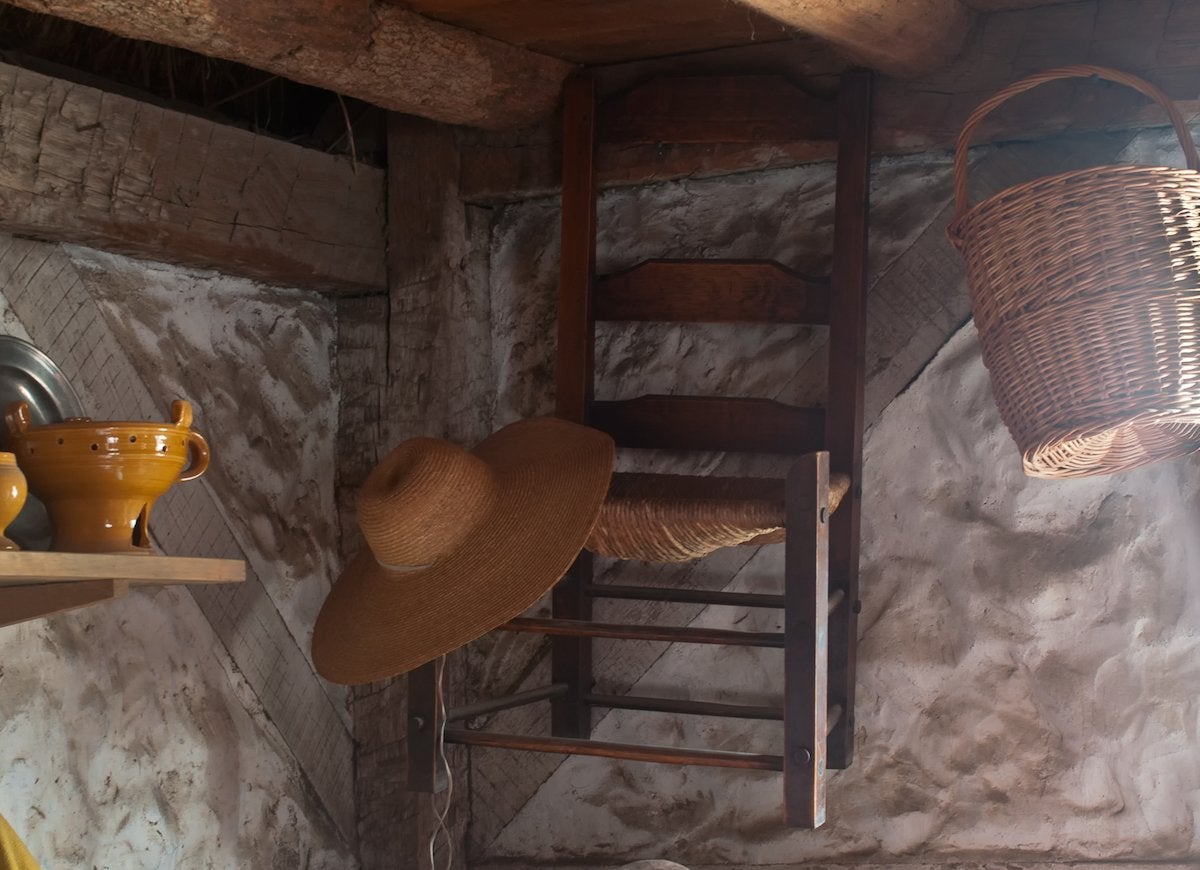
In a world without Home Depot, the Pilgrims had to get creative with their building materials, using whatever they could find nearby to bind and seal their homes. They made a substance called daub, similar to modern-day plaster. This mixture of clay, wet soil, grasses, and water was used on interior walls to insulate and provide a smooth surface.
Interior Walls Were Made of Wattle
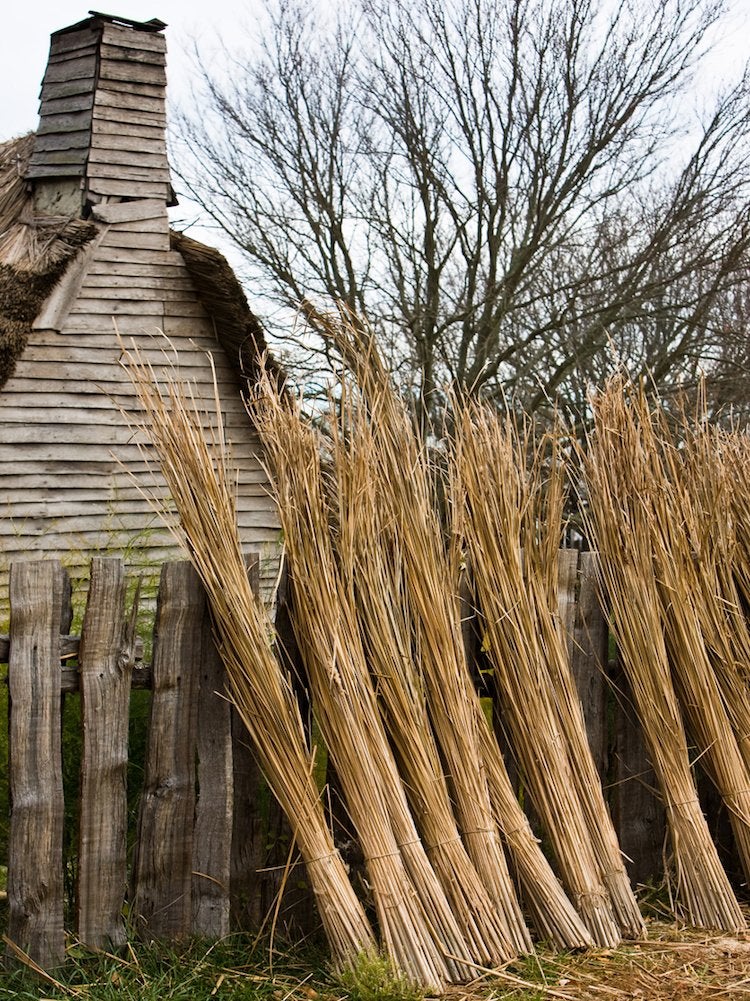
Because there was no drywall in 17th-century America, early settlers wove together complex frameworks of small sticks and branches, called wattle, to create the inside walls of their homes. Once the wattle was complete, spaces in the woven wall were filled in with daub and smoothed over. As you can imagine, this was a time-consuming process; construction of a small house could take as much as two or three months.
Related: 25 Tiny Towns to Visit for a Glimpse at How We Used to Live
Their Homes Had Little to No Natural Light
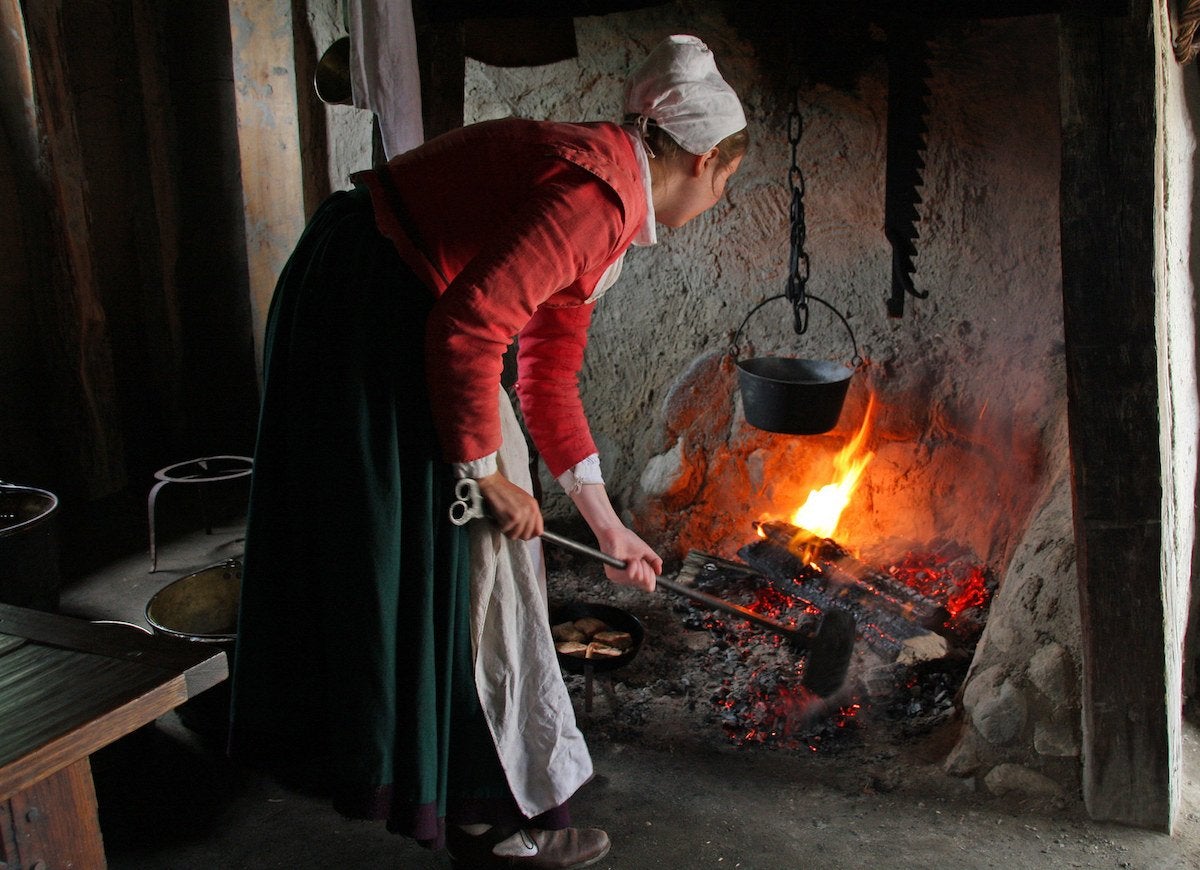
flickr.com via hillarie
A typical Pilgrim home wouldn’t have fared too well in today’s real estate market, which demands bright and airy spaces. The few windows there were closed with wooden shutters, which made the interiors pretty dark. Without sunlight streaming in, they relied on a central hearth for light and warmth.
Most Homes Had One Single Room
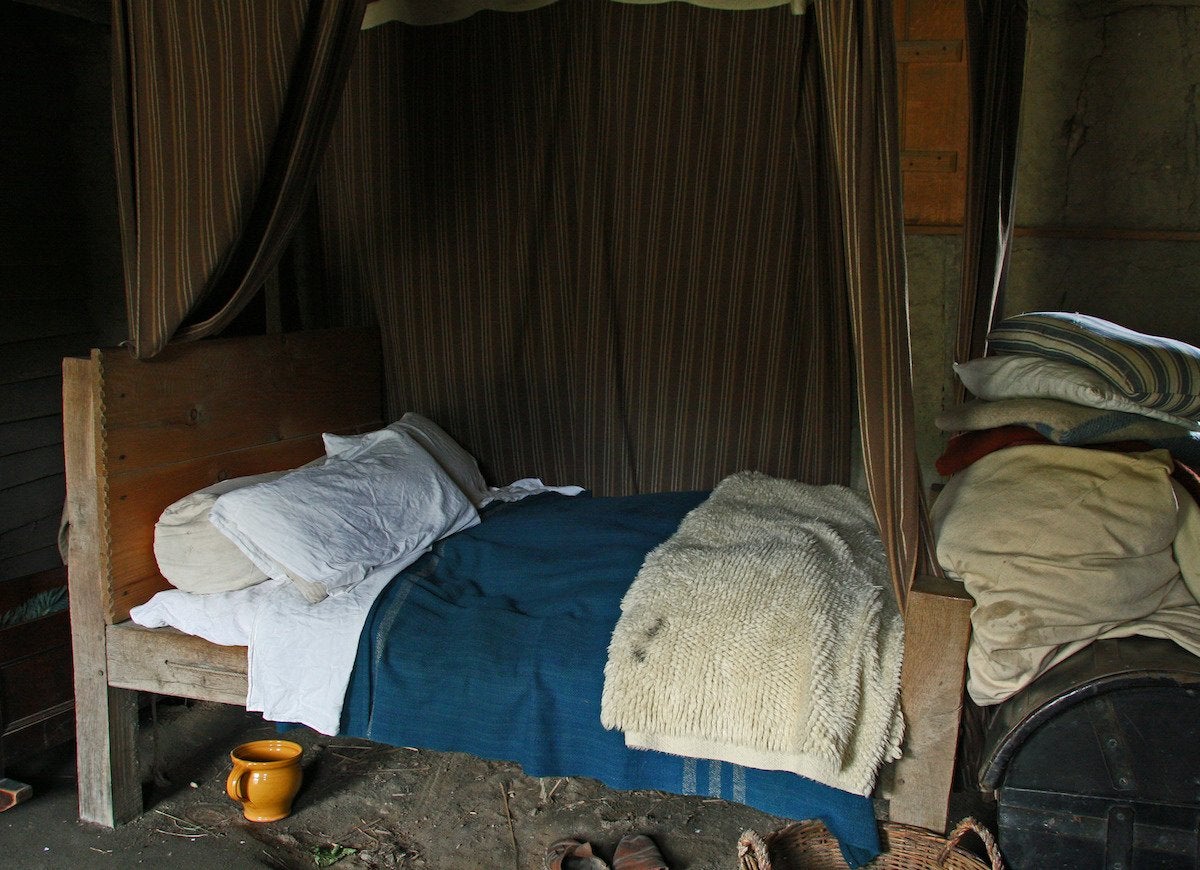
flickr.com via hillarie
The typical Pilgrim home was around 800 square feet and had only one large room where all of the sleeping, eating, cooking, and other activities of everyday life took place. Some homes also had a loft situated in the pitched roof, where the families kept dried herbs and provisions, and maybe a few beds.
Young Lovers Used “Courting Sticks" to Communicate
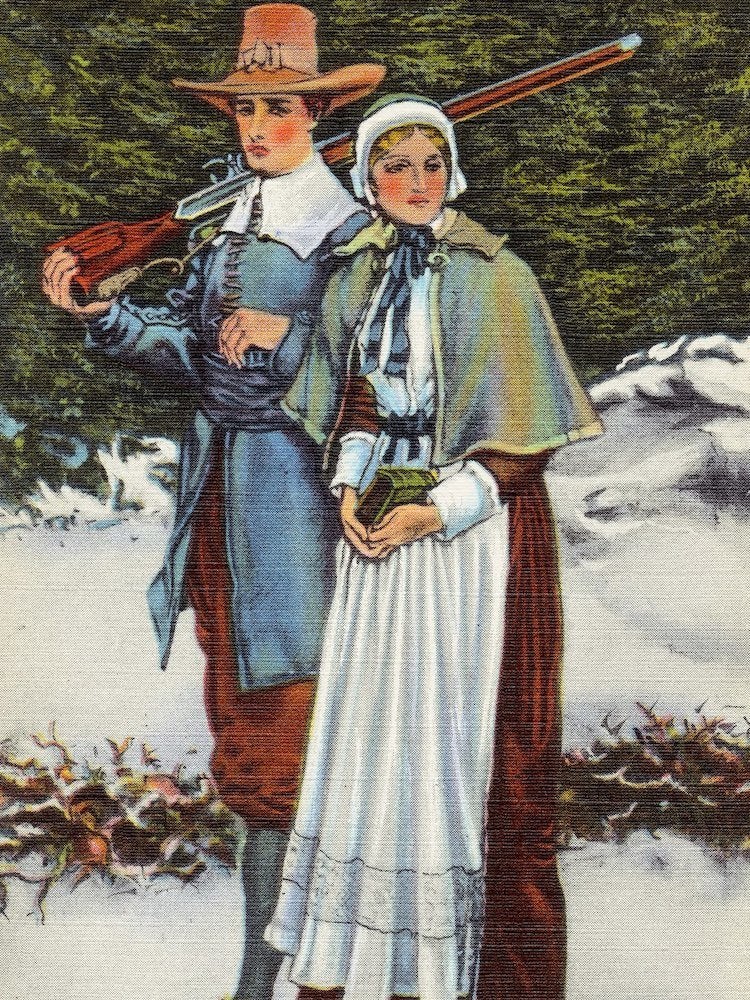
Wikimedia Commons via Boston Public Library Tichnor Brothers collection #71565
Quarters were tight in early Pilgrim homes, which meant there was absolutely no privacy—a real inconvenience when you’re young and trying to flirt. In order to facilitate intimate conversations for blossoming romances, young people wooed with a “courting stick,” a hollowed-out pole about six feet long that had a mouthpiece at either end, perfect for whispering sweet nothings that your parents couldn’t hear.
They Ate with Their Hands
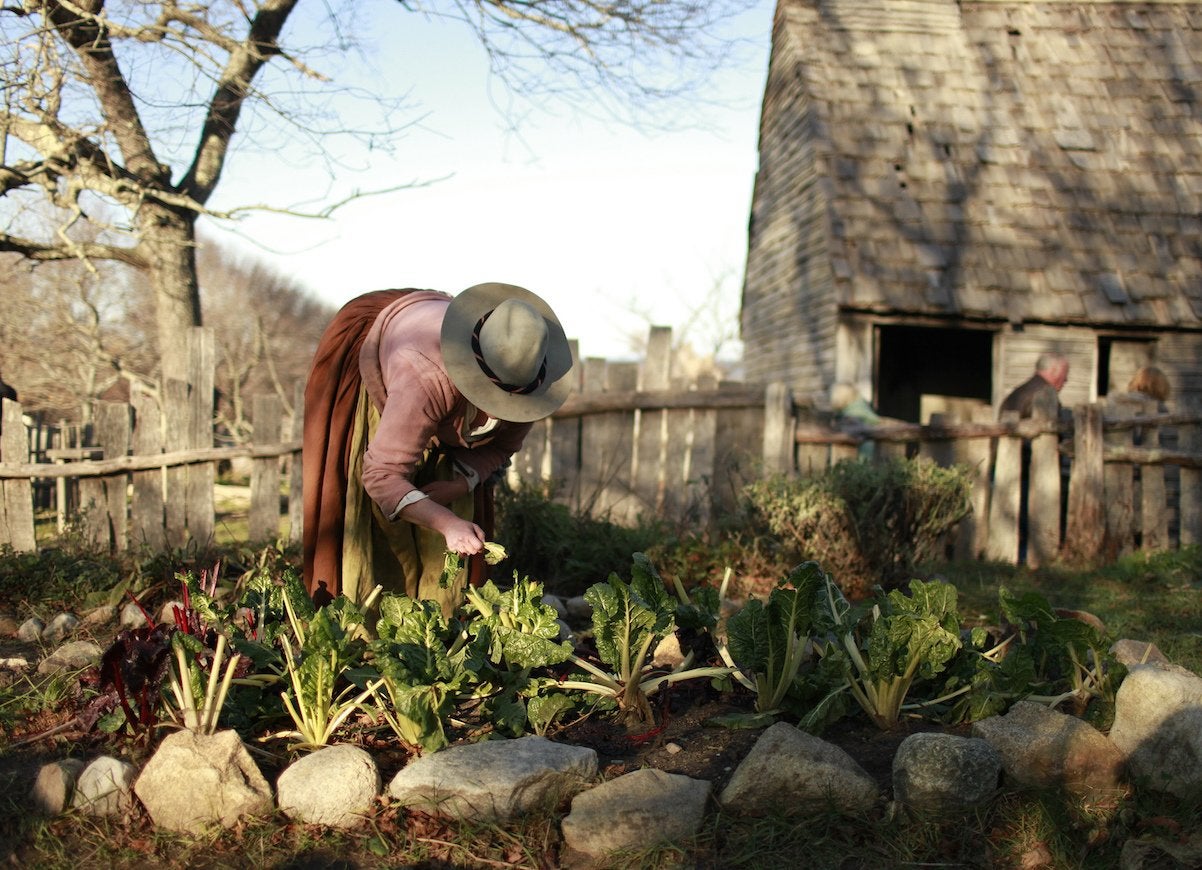
flickr.com via masstravel
Although Pilgrims had spoons and knives, they did not have forks to spear their dinner, which meant that a lot of the time they ate with their fingers. Because things could get pretty messy at mealtime, the Pilgrims typically wore a napkin on their shoulder so they could easily dab their fingers off as they ate.
Fish and Fowl Were on the Menu
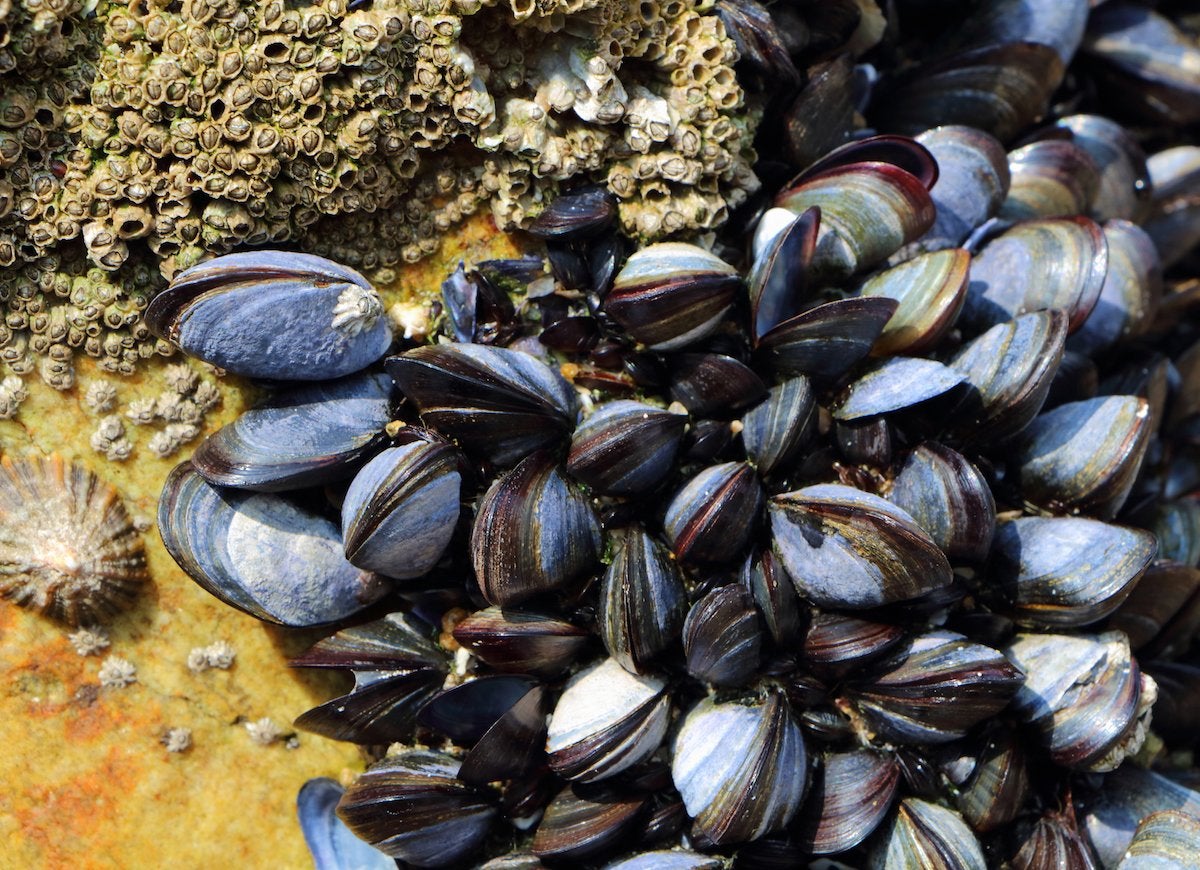
When we think of Pilgrims we tend to think of turkey, but that particular meat probably wasn’t on the average Pilgrim’s dinner rotation. Instead, they ate local delicacies like waterfowl, which were in abundant supply in the Massachusetts Bay area, as well as mussels that they found on the shore.
Related: Here’s How Much of Each Popular Thanksgiving Food Gets Consumed Each Year
Hasty Pudding Was a Sweet Treat
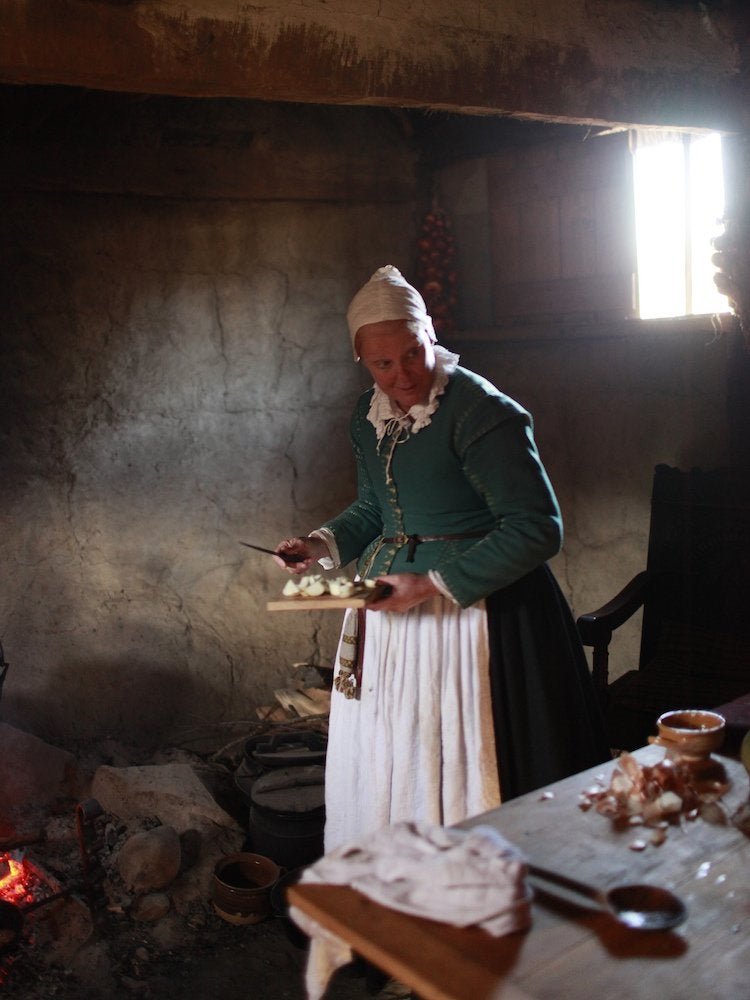
flickr.com via masstravel
Hasty pudding—a mush made of cornmeal stirred into thick milk or water—may not sound appetizing to the modern diner, but it was considered a sweet delicacy in the time of the Pilgrims. Though it was already popular in England, hasty pudding in the New World was made uniquely American by its use of ground corn (a crop that was readily available in America) instead of the traditional British flour.
Pilgrim Living
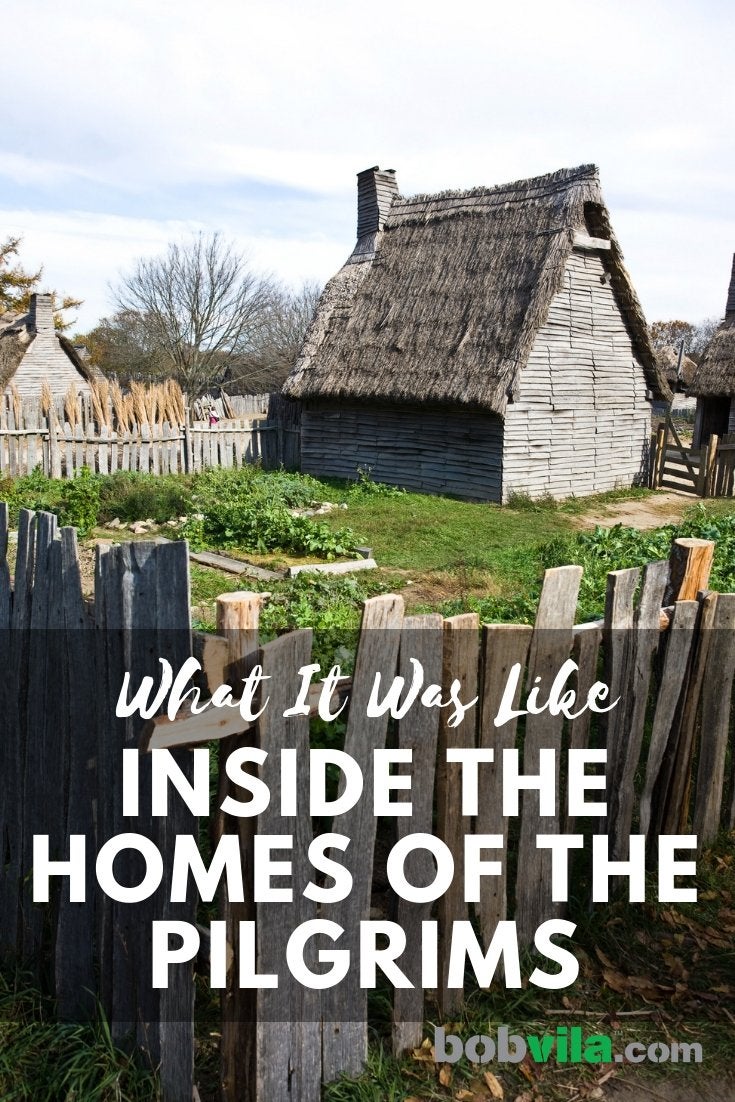
In the modern Thanksgiving, we have so much more to be thankful for than food!
